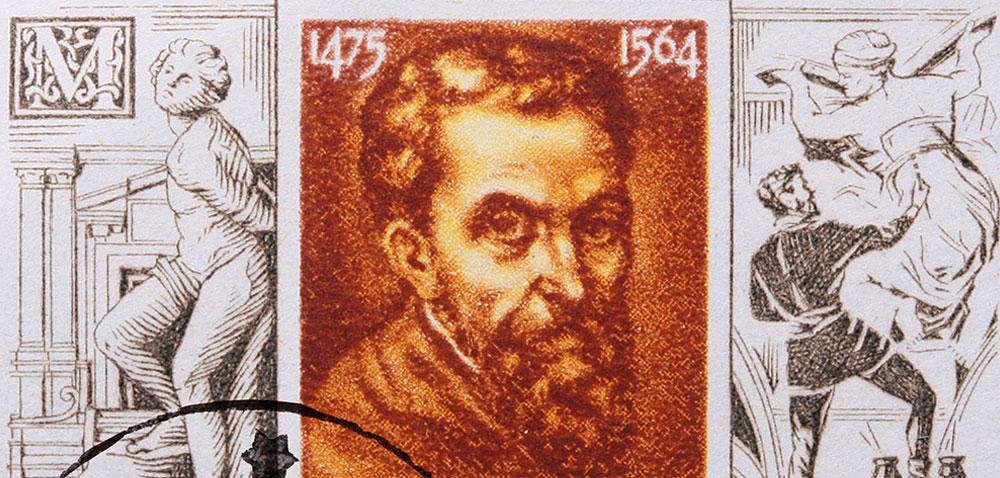The divisive nature of Michelangelo

Today he’s regarded as a genius, and one of the iconic artists of the Renaissance era, but in his time Michelangelo attracted adoration and scorn in equal measure. There’s no questioning his talent. Works such as the statue of David, sculpture of Pietà and his fresco on the ceiling of the Vatican’s Sistine Chapel have gone down in the pages of history and feature on the ‘must-see’ lists of most tourists visiting Italy.
But with such skill came arrogance, and as much as they wanted his work to adorn their places of worship, many popes and emperors wanted as little to do with the fiery tempered artist as possible. That said, the demands of a pope could test the patience of a saint. Pope Julius II spent days on end detailing the work he wanted Michelangelo to carry out on his tomb, changing his mind many times and quibbling over the price of stone, in the end Michelangelo left Rome, rather than endure any more. Whether he suffered from inner turmoil and was naturally grumpy, or only lost his temper with good reason, one thing was certain, many who met the legendary Michelangelo were awestruck by his presence; to the point where any bad personality traits were overlooked in waves of admiration.
